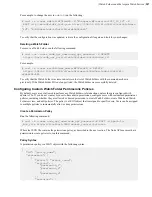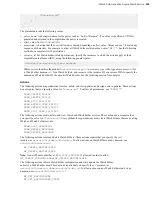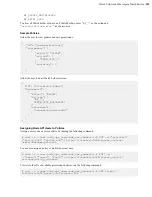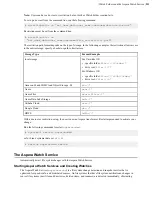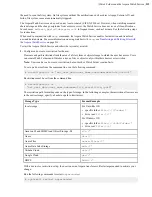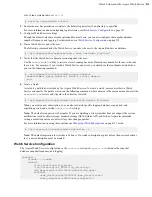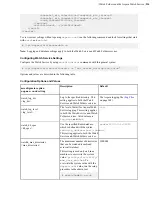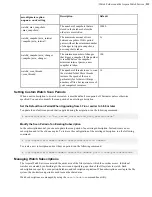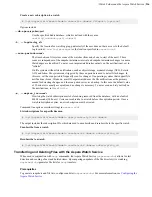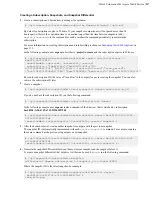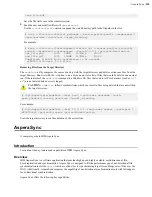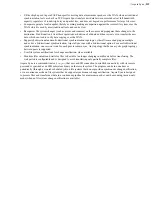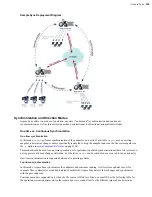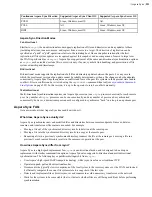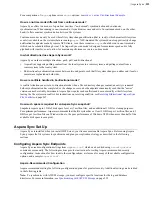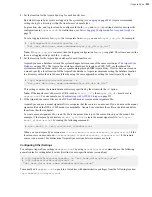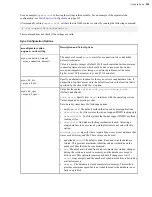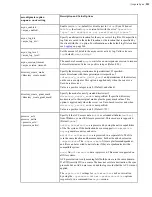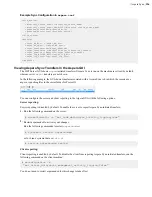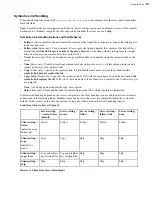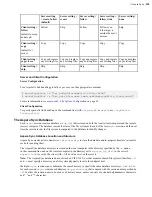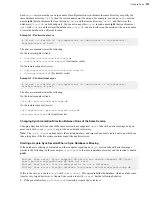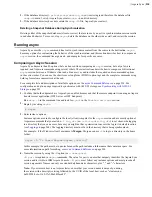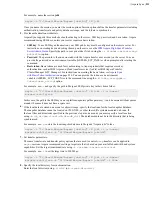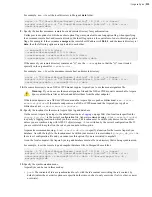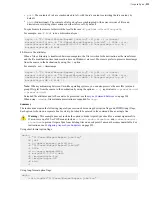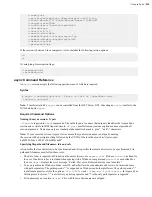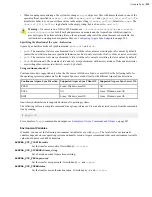
| Aspera Sync |
221
Continuous Aspera Sync Direction Supported Aspera Sync Client OS Supported Aspera Sync Server OS
PUSH
Linux, Windows, macOS
All
PULL
All
Linux, Windows, macOS
BIDI
Linux, Windows, macOS
Linux, Windows, macOS
Aspera Sync Direction Modes
Uni-directional
Similar to
rsync
, the uni-directional mode supports replication of files and directories, and any updates to these
(including deletions, renames, moves, and copies) from a source to a target. The direction of replication can be
specified as a "push" or "pull" operation, relative to the initiating host. Once a snapshot is taken after the first
replication, all file system updates are recognized against this snapshot, and no comparison of source to target over
the WAN is performed (as in
rsync
). Aspera Sync supports most of the same uni-directional synchronization options
as
rsync
, such as include/exclude filters, overwrite only if newer, symbolic link handling, and preservation of file
system ownership and timestamps.
Bi-directional
Bi-directional mode supports the replication of all file and directory updates between the peers. For any case in
which the most recent version of an update cannot be reliably determined, or when a file changes on both endpoints
concurrently, Aspera Sync flags the update as a conflict and leaves the peer file systems in their present state (and in
conflict). Files in conflict can be reviewed using the
asyncadmin
command-line tool (see
on page 262). In this version, it is up to the operator to resolve conflicts manually.
Multi-directional
Multi-directional synchronization requires one Aspera Sync session (one
async
process execution) for each remote
peer. Any number of
async
processes can be run concurrently, and any number of peers can be synchronized
concurrently; however, a downstream peer cannot be configured to synchronize "back" in a loop to an upstream peer.
Aspera Sync FAQ
Get answers about what Aspera Sync does and how it does it.
What does Aspera Sync actually do?
Aspera Sync synchronizes new and modified files and directories between remote endpoints. It moves, deletes,
renames, and transfers new file contents as needed. For example:
• Moving a file out of the synchronized directory results in deletion at the remote peer.
• Moving a file into the synchronized directory results in a copy at the remote peer.
• Renaming a file in a previously synchronized directory renames the file at the remote peer; moving a file in a
previously synchronized directory results in the same move operation at the peer.
How does Aspera Sync differ from rsync?
Aspera Sync is a high-speed replacement for
rsync
in uni-directional mode, and is designed to be a drop-in
replacement with similar command-line options. Aspera Sync also supports bi-directional and multi-directional
synchronization. The following key capabilities distinguish it from
rsync
:
• Uses Aspera's high-speed FASP transport technology, while rsync transfers over traditional TCP.
• Operates in push, pull and bi-directional modes.
• Circumvents the typically slower comparison of the local system to the remote system over the WAN, and instead,
it efficiently compares the current file system state to a
snapshot
of the last sync.
• Detects and implements file or directory moves and renames to avoid unnecessary transfers over the network.
• Waits for the systems to become stable (that is, it detects whether files are still being modified) before performing
synchronization.

